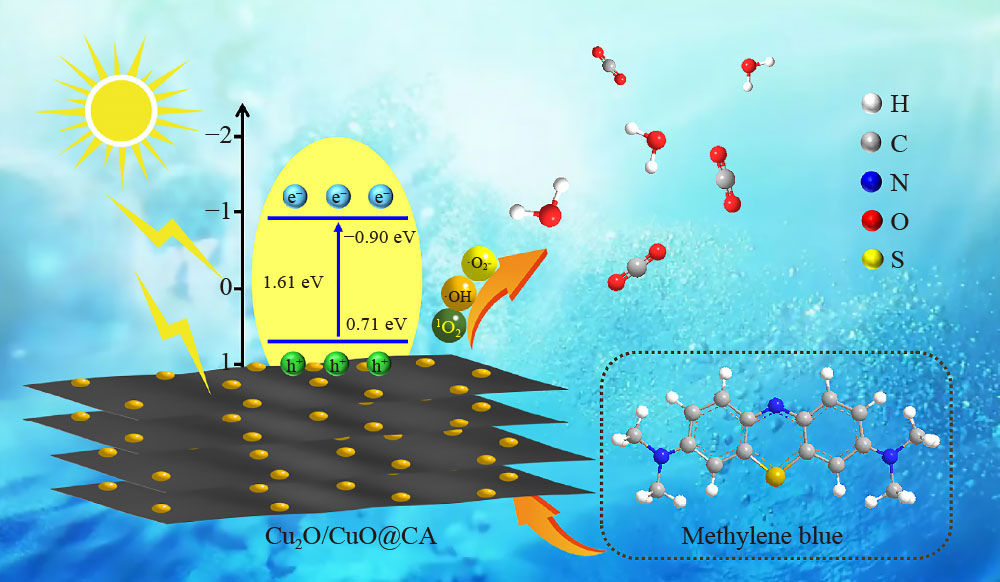Fig.4 shows the Mott−Schottky, ultraviolet photoelectron spectroscopy (UPS), photocurrent response and electrochemical impedance spectroscopy (EIS) results of CuO and Cu
2O/CuO@CA
0.2. The energy band structure of semiconductors is closely related to their redox properties, which essentially determine their charge separation efficiency. To elucidate the energy band structure of Cu
2O/CuO@CA
0.2, Mott−Schottky plots were constructed and UPS measurements were performed. As shown in Fig.4(a) and Fig.4(b), the positive slope of the Mott−Schottky curves indicated that both CuO and Cu
2O/CuO@CA
0.2 are n-type semiconductors. Based on the horizontal intercepts obtained from the maximum slope, the flat-band potentials of CuO and Cu
2O/CuO@CA
0.2 were −0.98 and −0.90 V, respectively. The conduction band of the n-type semiconductor is 0.2 V more negative than the flat-band potential [
45]. Thus, the conduction bands of CuO and Cu
2O/CuO@CA
0.2 were −0.78 and −0.7 V vs. Ag/AgCl, respectively. The conversion of the reference electrode of the conduction band to a normal hydrogen electrode (NHE) was achieved using the Nernst formula (
ENHE =
EAg/AgCl + 0.197 and pH = 7), and the calculated conduction bands for CuO and Cu
2O/CuO@CA
0.2 were calculated as −0.98 and −0.90 V, respectively. In addition, UPS was used to study the electronic states and valence band (VB) of the photocatalysts. Fig.4(c) and Fig.4(d) show the UPS results of CuO and Cu
2O/CuO@CA
0.2, respectively. The work function (Φ) was first calculated according to Φ = 21.20 −
Ecutoff, where 21.20 is the UV excitation energy, and
Ecutoff was derived from the point of intersection at high binding energy.
Ecutoff values for CuO and Cu
2O/CuO@CA
0.2 were 16.20 and 16.02 eV, respectively. The Φ values of CuO and Cu
2O/CuO@CA
0.2 were calculated using its formula as 5.00 and 5.18 eV, respectively. The VB positions were calculated based on
EVB (vs. vacuum) = Φ +
Eedge, where
Eedge is the intersection point at low binding energy.
Eedge values for CuO and Cu
2O/CuO@CA
0.2 were 0.30 and − 0.03 eV, and the calculated
EVB (vs. vacuum) values were 0.86 and 0.71 eV, respectively. Finally, the reference was transformed into NHE using the equation:
EVB (vs. NHE) =
EVB (vs. vacuum) − 4.44. The VBs of CuO and Cu
2O/CuO@CA
0.2 vs. NHE were calculated to be 0.86 and 0.71 V, respectively. According to the Mott–Schottky and UPS results, the bandgaps of CuO and Cu
2O/CuO@CA
0.2 were calculated to be 1.84 and 1.61 eV, respectively. The charge separation of CuO and Cu
2O/CuO@CA
0.2 was investigated by recording transient photocurrent curves. As shown in Fig.4(e), Cu
2O/CuO@CA
0.2 exhibits a higher photocurrent response than CuO, indicating that Cu
2O/CuO@CA
0.2 has a higher photogenerated charge separation ability. Moreover, the EIS results showed that the arc radius of Cu
2O/CuO@CA
0.2 is smaller than that of CuO (Fig.4(f)), indicating that the charge transfer resistance of Cu
2O/CuO@CA
0.2 is significantly lower, allowing for the efficient separation and migration of photoinduced excitons [
46].










